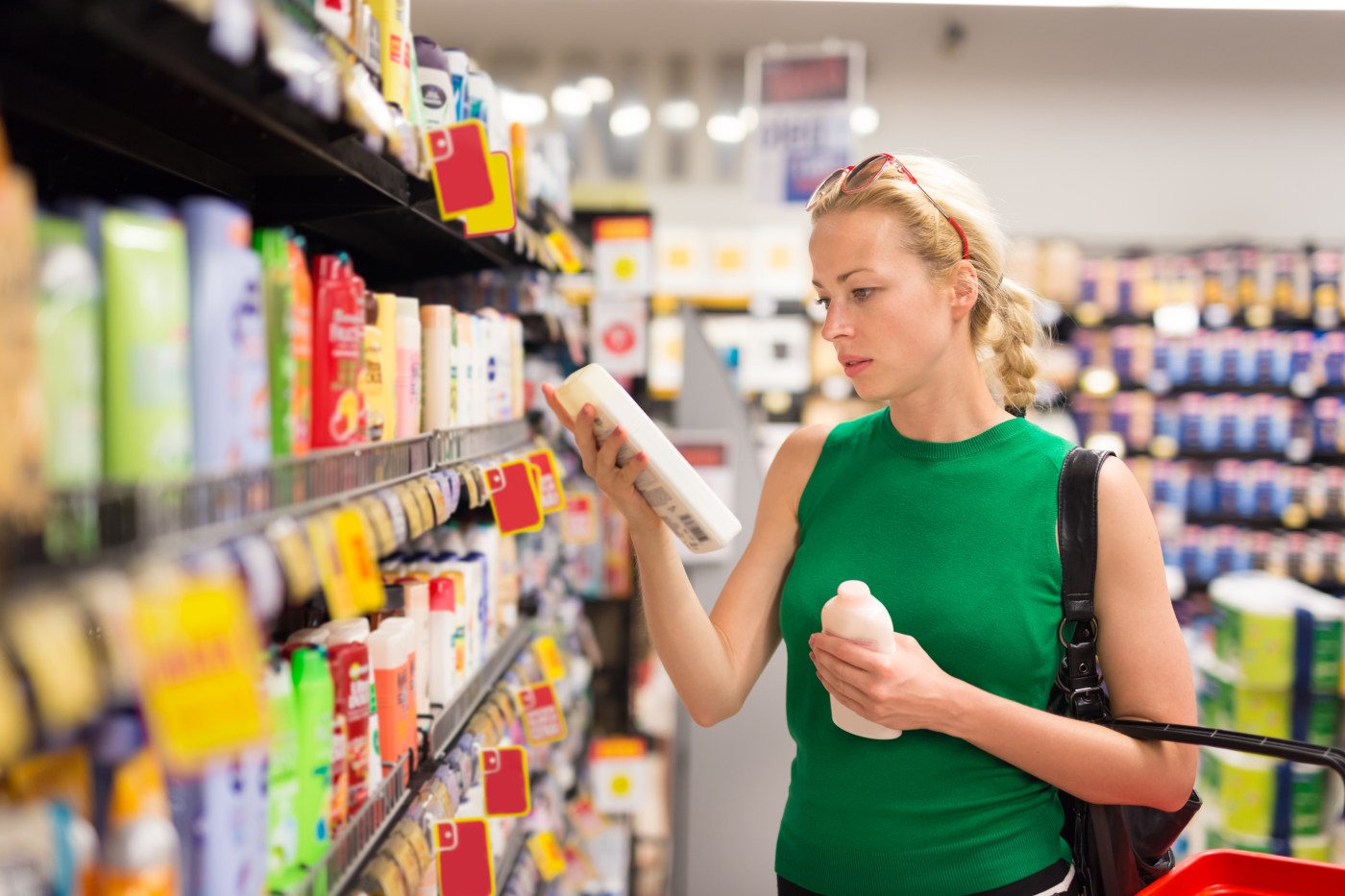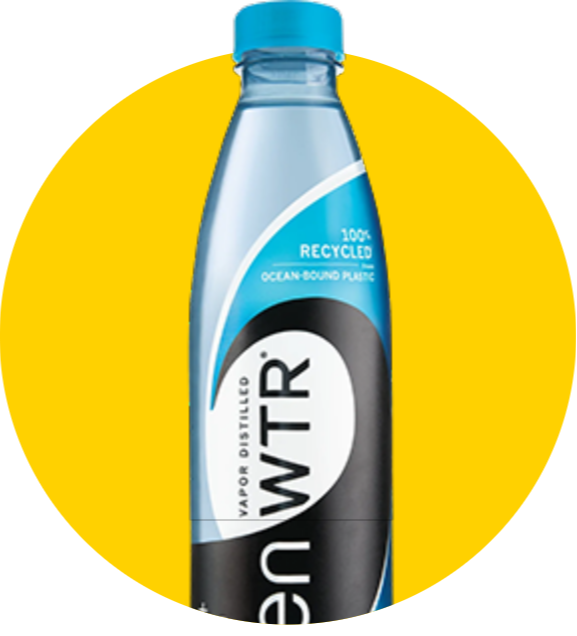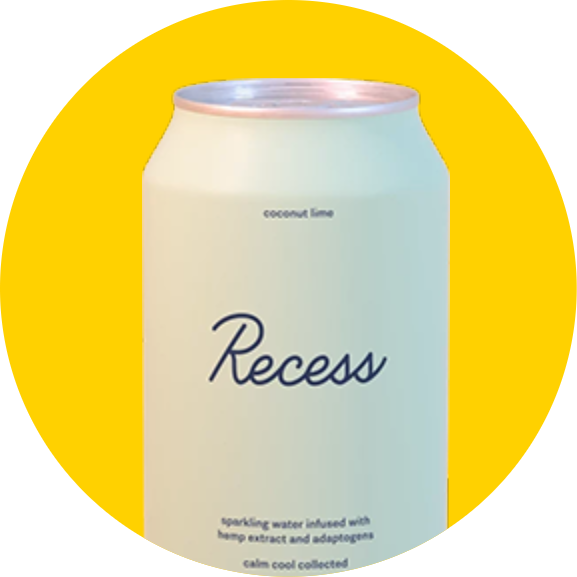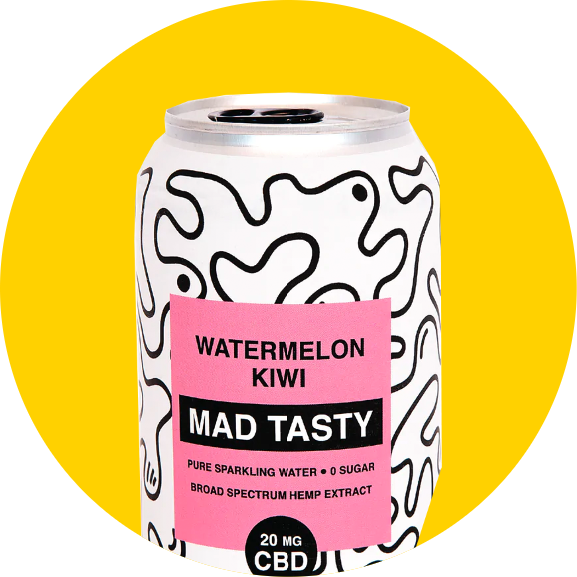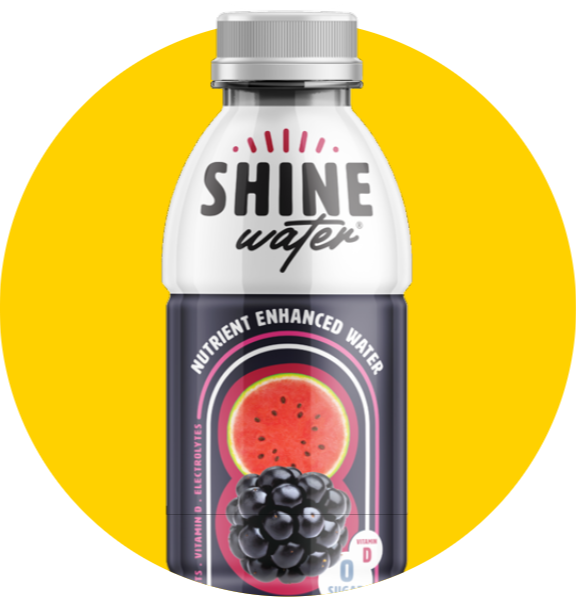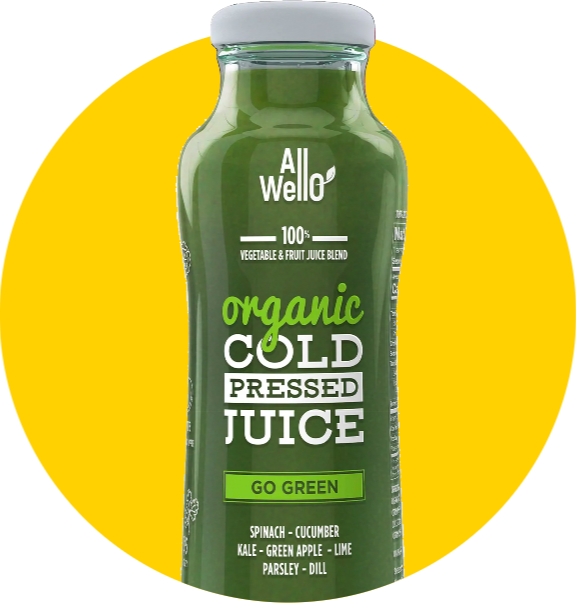By William Dowling and Jake Cabala
Today’s consumers care deeply about the ingredients and composition of the products they buy. This is especially true in the health and beauty sector where over half of women carefully read ingredients of beauty products before deciding whether or not to purchase them. While in some categories consumers scan a product label to see if it has ingredients they are looking for (e.g. protein, calcium, vitamin C), in health and beauty, many consumers scan a label to make sure it doesn’t have ingredients they want to avoid (e.g. chemicals). Consumers are especially weary of these ingredients because many health and beauty products are not required to be FDA approved before going to market, meaning there is little official regulation of ingredients.
Companies that understand the clean label trend are profiting from it. According to data from Nielsen, personal care products that claim they are natural and have no artificial fragrance saw 16% annual dollar growth last year while products that claim they are natural and have no artificial colors saw 11% growth. Upstart health and beauty companies often appreciate the value of clean labels and offer products that are natural and chemical free to appeal to consumers. The recent acquisitions of brands like Native Deodorant by Procter & Gamble and Schmidt’s Naturals and Sundial Brands by Unilever showcase that big CPGs are trying to tap into this trend, too.
For investors, the path to riding this wave would seem simple – invest in clean label products. In practice, it’s not that straight forward. No one definition of clean label exists, and it’s not safe to assume that upstart beauty brands are automatically clean label. Some are just making the same products as Big CPG but with better branding and more colorful packaging. Additionally, a clean label can be much more meaningful in certain categories than others (more on this below).
To truly answer whether or not a product has clean label ingredients and how much it matters, there is really no other option than to examine every ingredient for the product and category. This would at first seem like a herculean task, but big data can make it possible. Recently, we built a product model in our machine learning platform, Helio, that analyzes the individual products of all consumer companies we track. It’s still early days for this model, but we thought it would be interesting to share how we can use this model to identify clean label products in health and beauty.
Analyzing Categories
To visually illustrate clean label across various health and beauty products, we married the ingredient data from our product model with data from the Environmental Working Group’s Cosmetics Database. This allowed us to determine the potential harmfulness of ingredients found in common products. For this analysis, we examined three categories – shampoo, face cleansers, and hand lotions. Although the number of products examined is not large, the trends are still telling. The size of the text in the below word clouds represents the commonality of the ingredients across the product type, and the color of the text represents the potential harm of that ingredient, as determined by EWG.
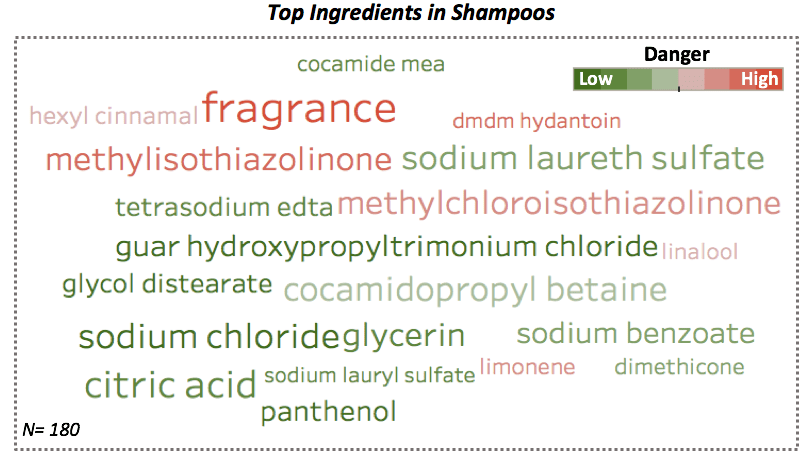

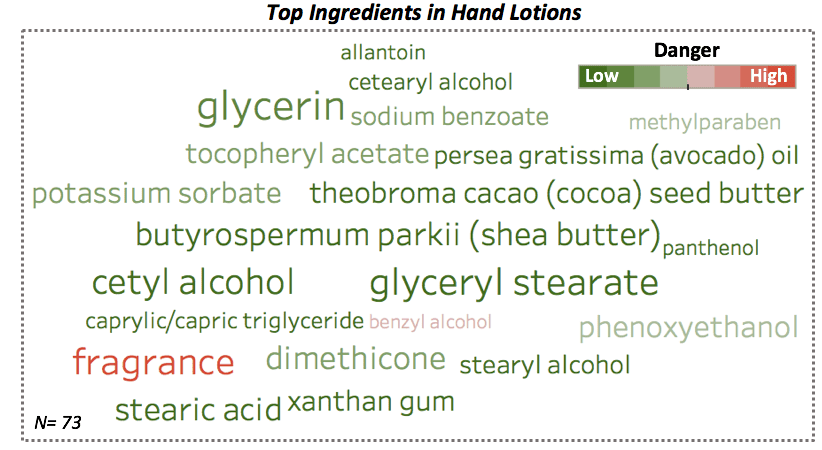
Methylisothiazolinone, an ingredient found in half of all shampoo products we analyzed, is ranked as being highly dangerous according to EWG. The ingredient, a synthetic biocide and preservative, has been the target of numerous write ups from consumers worried about its potentially toxic effects. Of the top ingredients found in shampoo, 40% have been identified by EWG as being moderately to very dangerous. When compared alongside shampoos, face cleansers and hand lotions tend to be much cleaner products right off the bat. Only two top ingredients in both categories are identified as potentially harmful. Fragrance flags for all three categories because companies are not required to disclose what sub-ingredients make up a fragrance, meaning that it could be a cocktail of harmful chemicals.
Zeroing In On Shampoo
What does this tell us? Well, for one thing it lets us know that having a clean label is more of a differentiating factor among shampoos than it is among face cleansers or hand lotions, where almost all products have mostly safe ingredients. Therefore, the ingredients in the shampoo category are especially important for investors to look at and can be a big differentiating factor. To highlight this point, we analyzed all the ingredients of two shampoos- L’Oreal Paris Total Repair Shampoo and Nubian Heritage Black Seed Shampoo. L’Oreal is, of course, a 100-year-old cosmetic conglomerate. Nubian Heritage is a young all natural brand and a subsidiary of Sundial Brands (recently acquired by Unilever). The results are below.
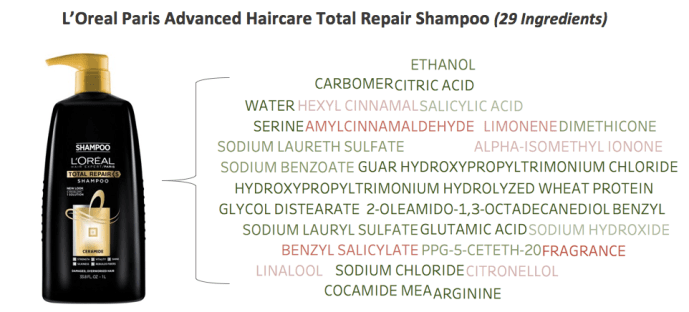
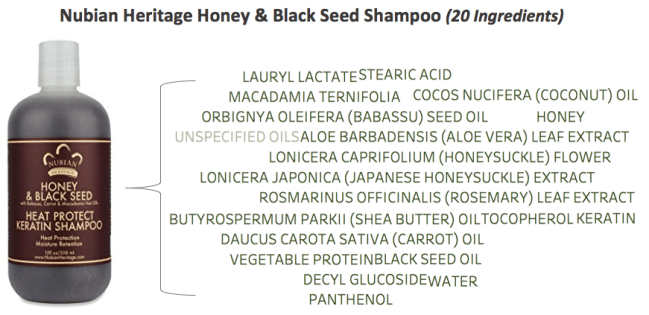
The L’Oreal shampoo has three ingredients (Benzyl Salicylate, Amylcinnamaldehyde, and fragrance) that are flagged as high hazard by EWG and several more that are moderate hazard. By contrast, not only does the Nubian Heritage shampoo have fewer ingredients than the L’Oreal shampoo, but none of its ingredients are hazardous. No matter what L’Oreal may claim about their product, by looking at the ingredients, it is evident that it is not clean label. And if, for whatever reason, Nubian Heritage did not market itself as clean label, we could still tell that it is by looking at what the product is made of.
A Product Maketh The Brand
When it comes to consumer products, and particularly health and beauty products, it’s necessary to look beyond financials and brand and examine the individual ingredients that make up the products of a brand. A company could be doing great in sales today, but if many of their products contain an ingredient like Methlychlorisothiazolinone, who knows what tomorrow will look like. Methlychlorisothiazolinone could turn out to be a benign preservative, but if enough consumers think that it is harmful, ultimately the fact that it’s benign doesn’t really matter- it will negatively impact sales. As consumers read product labels more and more, good investors will begin to follow suit.
Zen Water
A water brand with an estimated revenue of $10-$20M (a +407% YoY increase)
Recess
A carbonated drink brand with an estimated revenue of $10-$20M (a +104% YoY increase)
Mad Tasty
A water brand with an estimated revenue of $1-$5M
Shine Water
A water brand that is in 3,000 retail doors (a +329% YoY increase)
All Wello
A juice brand with an estimated revenue of $1-$5M (a +89% YoY increase)
By understanding how these trends will impact the CPG landscape, you can position your business for success.
To learn more about Helio or get in touch, visit heliodata.com.

